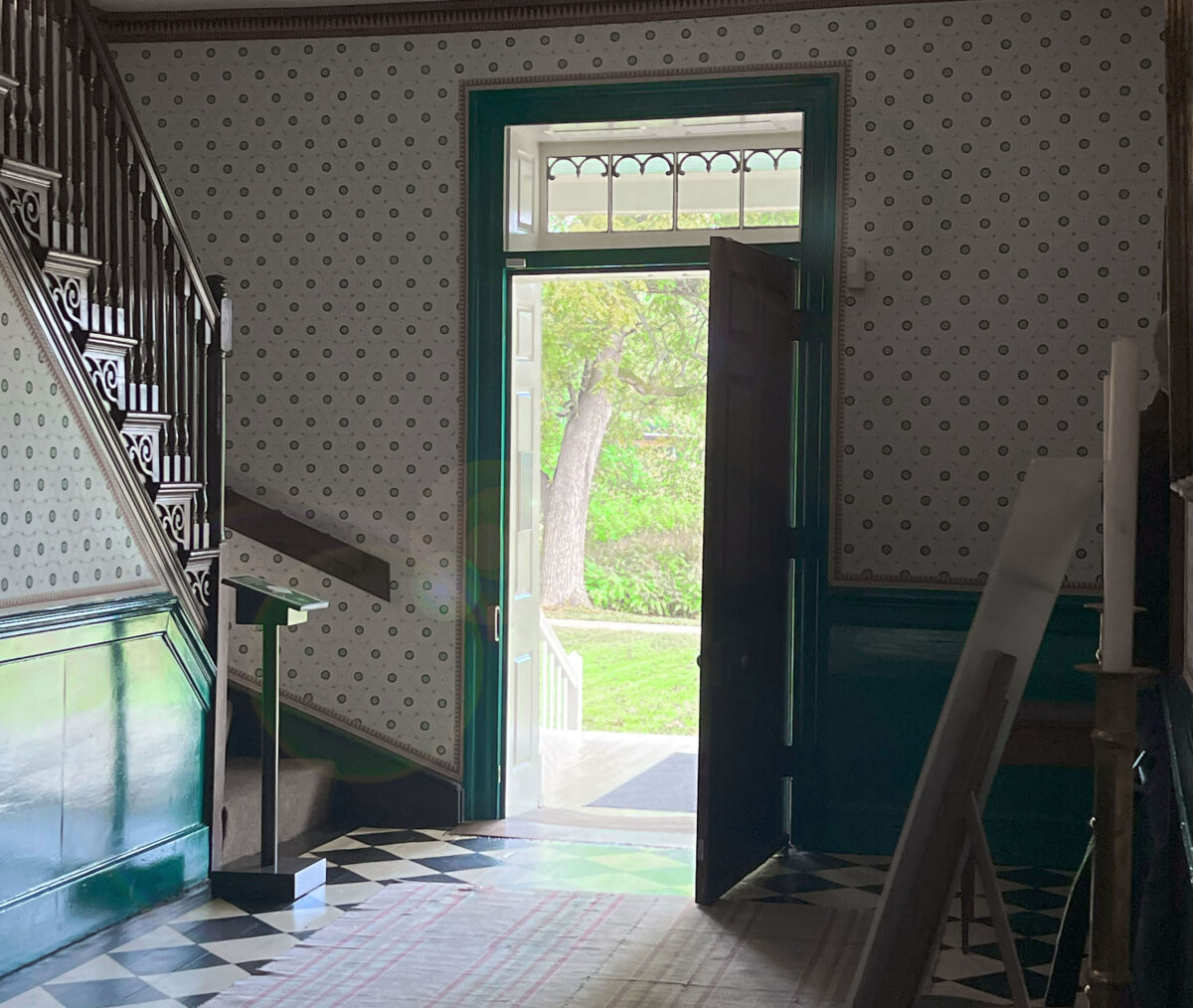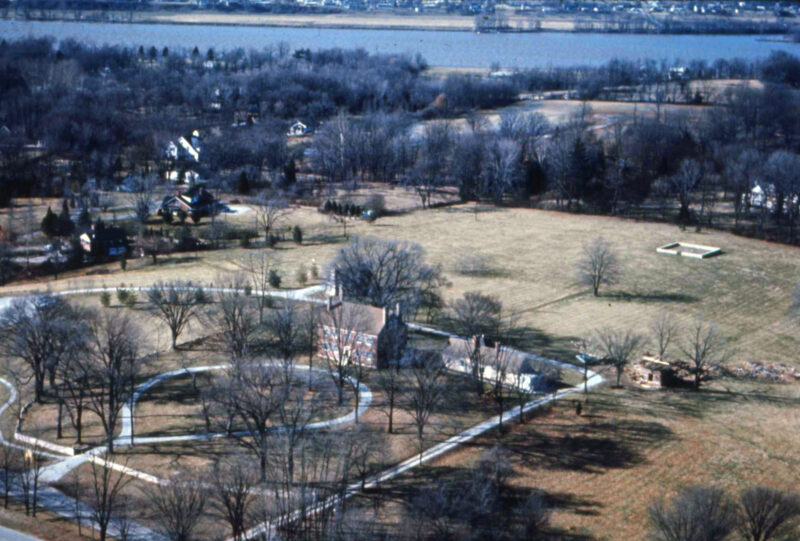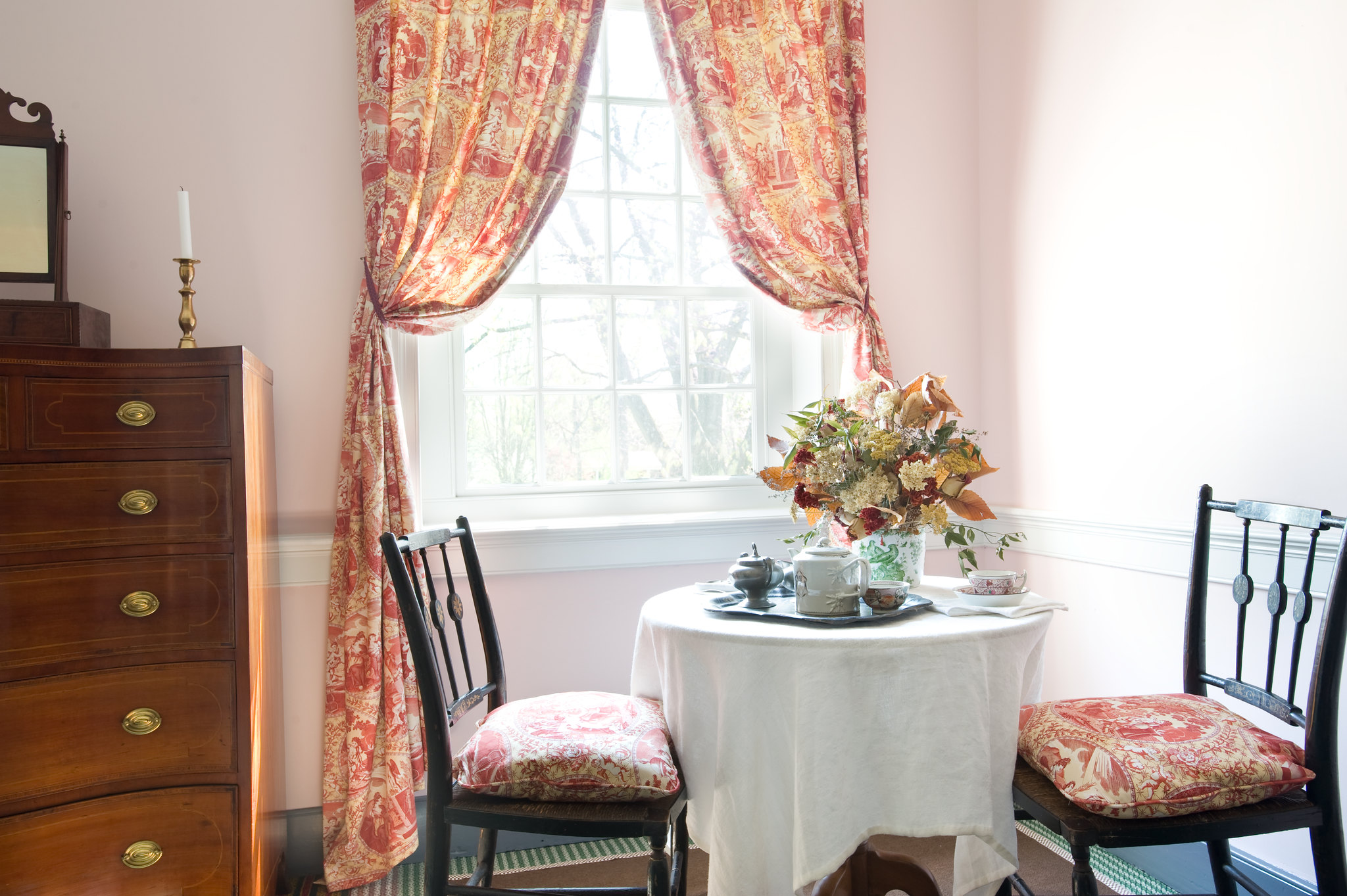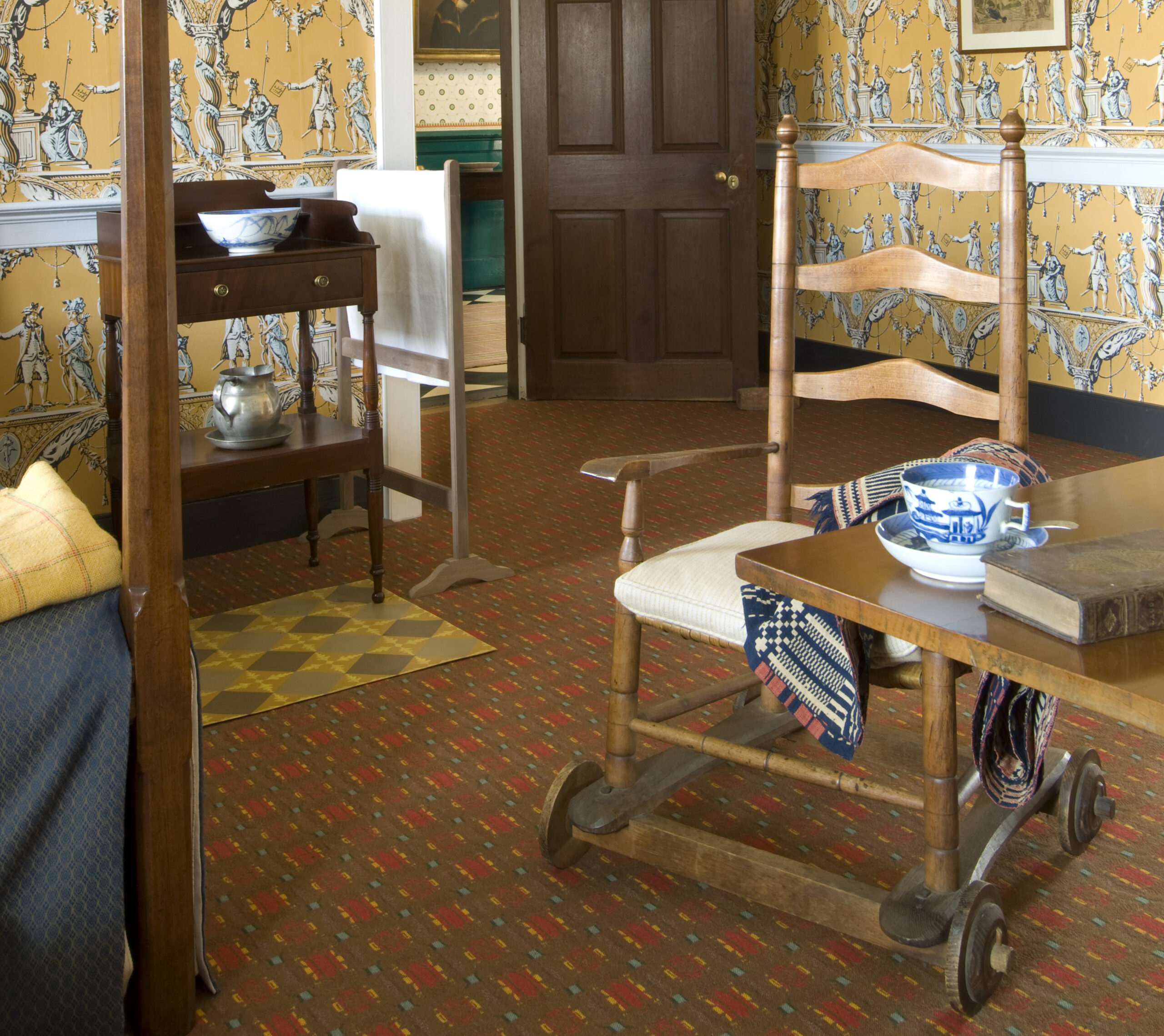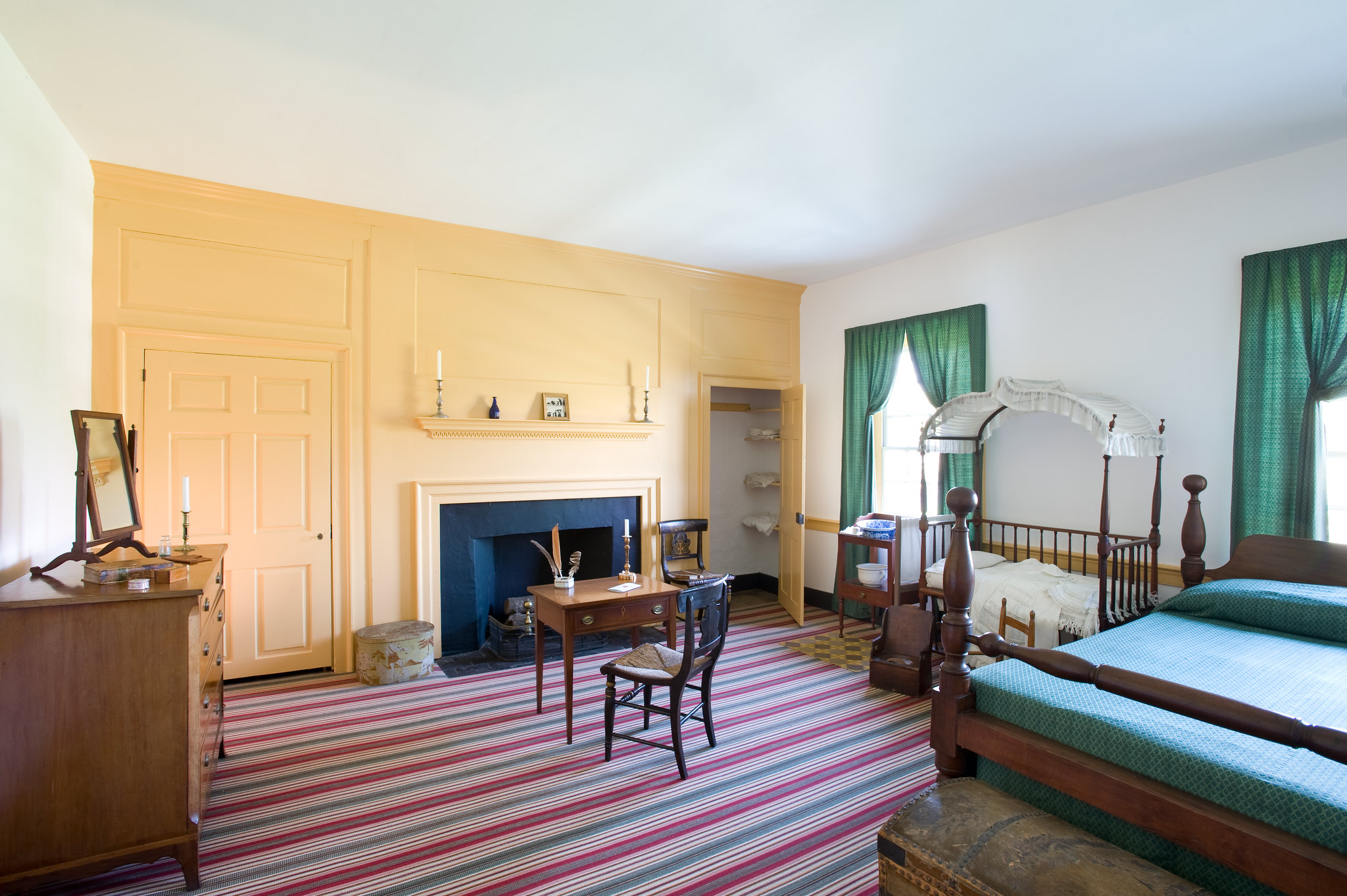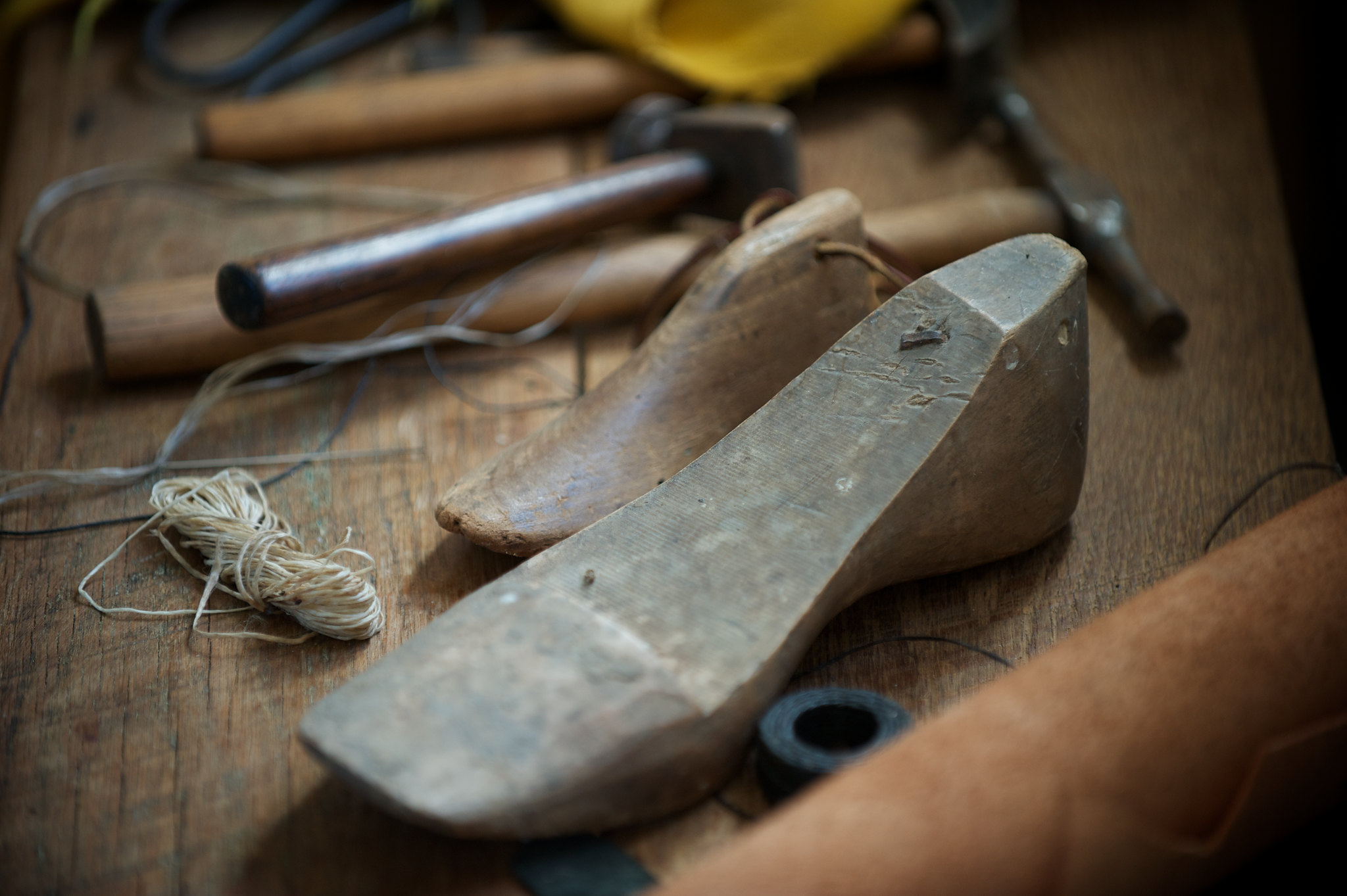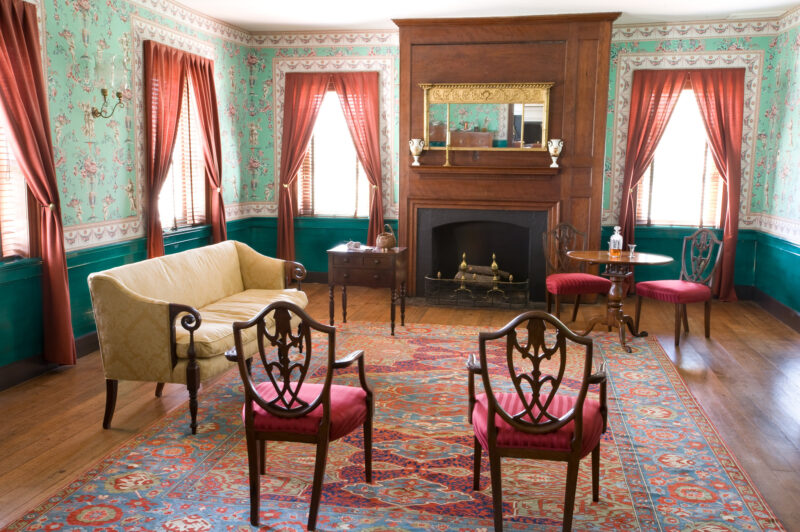Locust Grove Home: More Than Just a House
Learn more about the historic home at Locust Grove.
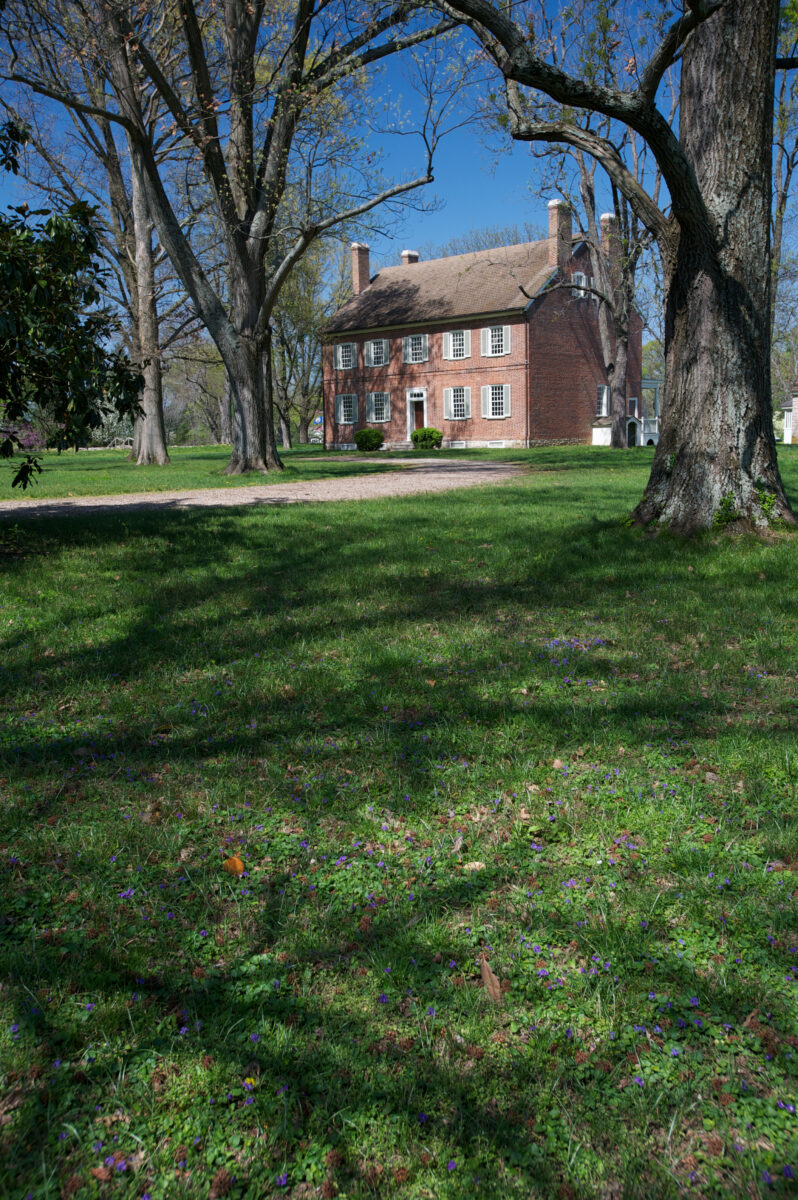
Locust Grove was many things in its day.
It is almost always described as something more than a house:
- A gentleman’s country seat: a symbol of the arrival Irish immigrant William Croghan into the social elite of Kentucky.
- A place built and maintained by enslaved African Americans who were essential to the economic well-being of the Croghan family
- A focus of the national and patriotic pride as the final home of General George Rogers Clark
- A stopping point of Lewis and Clark on their return from the Corps of Discovery
- A meeting place for early American luminaries, including Presidents, Vice-Presidents, Governors and more
- A waystation for ideas, politics, arts, and culture on the frontier
- An early 19th century American frontier “mixed-use” farm with livestock, crops, and small-scale manufactures
- A key point in the westward expansion of America

The Origins
Situated on 55 rolling acres just six miles upriver from downtown Louisville, this circa 1792 Georgian mansion tells the story of its owners, William and Lucy Clark Croghan. William Croghan arrived in the Kentucky territory with George Rogers Clark, his future brother-in-law, in order to survey the territory. William Croghan and Lucy Clark were married in 1789, and construction began on Locust Grove around 1792. The house was built by enslaved workers, and the farm was cultivated by some 30 to 45 enslaved workers through the Croghan family’s tenure.
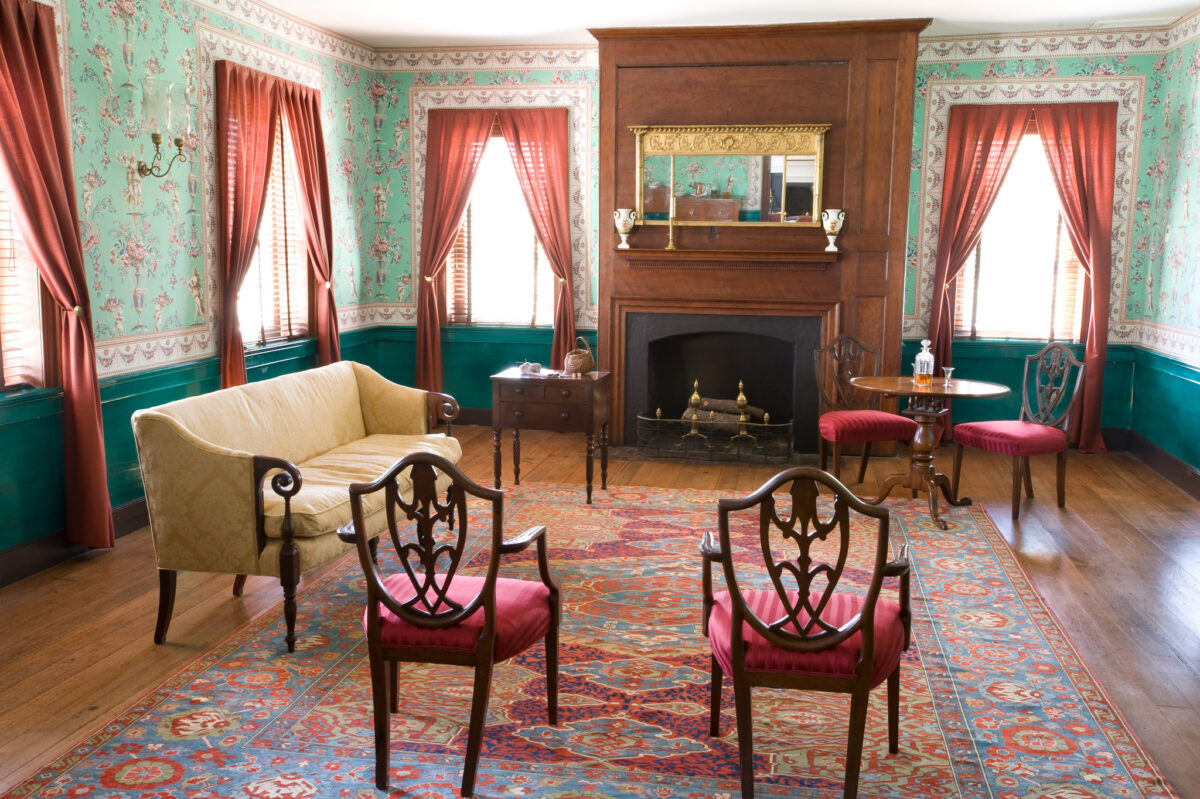
The Legacy
The Croghan family sold Locust Grove in 1878 to riverboat captain James Paul, who in turn sold it to Richard Waters of Hermitage Farm in 1883. It remained in the Waters family until 1961 when the site was purchased by Jefferson County and the Commonwealth of Kentucky. Following extensive restoration, the historic house was opened to the public in 1964.
The History of Locust Grove
The Croghans acquired 104.5 acres adjoining Locust Grove from James and Dolley Madison in 1792.
The high ground above the flood plain was watered by springs and accessible by a road from Louisville along the river. The site selected for a residence was reached through a break in the stone cliff.
William and Lucy Croghan spared no expense in the construction and adornment of their frontier mansion.
They purchased expensive wallpapers, carpets, and verdigris paint. Architectural design books were available that detailed the prevailing Georgian style from the overall blueprint of the building to the embellishment of the panels and trim.

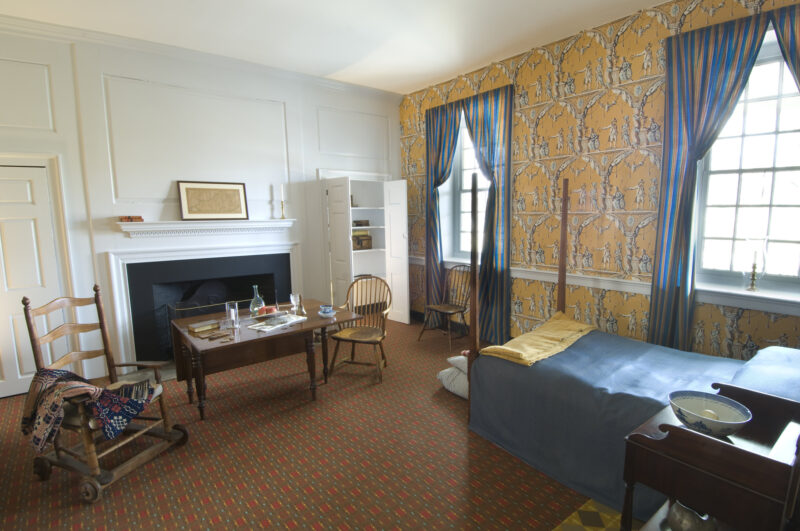
Enslaved artisans, usually trained in a particular skill, assisted in the production of molding by hand-planing and intricate scrollwork in the carpentry of the house.
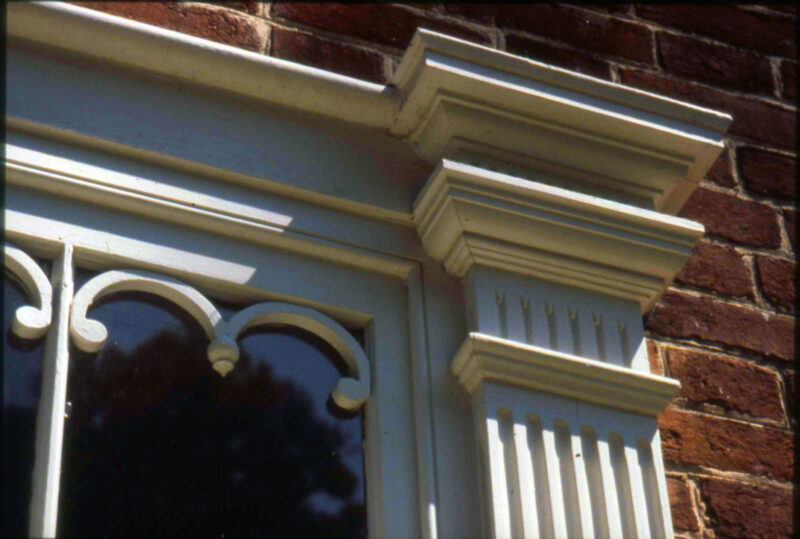
Several years were consumed in the construction of the house. Several hundred dollars were expended for materials needing to be imported, such as locks, door latches, hinges, shutter hardware, nails, and glass.
From Home to House Museum
Locust Grove’s conversion to a historic house museum began July 24, 1961, when the house, remaining outbuildings and 55 acres were purchased by Jefferson County and the Commonwealth of Kentucky. Its supporters succeeded in unifying as the Locust Grove Division of the Historic Homes Foundation, a not-for-profit organization created several years earlier to restore Farmington.
Restoration began to return the structure to its pre-1822 configuration, and included the renovation of the main house, as well as the excavation and reconstruction of some outbuildings. A preview for donors and state and local officials was scheduled for November 23, 1963 and the property was opened to the public in the spring of 1964.
Today the museum strives to preserve and interpret the site as an example of early 19th century frontier life as well as to convey experiences of the residents and visitors of Locust Grove between the years of 1790 and 1822. The museum offers tours and hosts special events to interpret the site for visitors, and dedicated volunteers and staff help maintain the building and grounds to ensure the execution of its mission.
Our Collection
In early 19th century Kentucky, the country “seat” of a gentleman could be as fashionably furnished as anywhere else in America. Few original family pieces remain, as the house’s contents were sold at auction in 1849. Since Locust Grove’s transformation into a museum, a number of family artifacts have been recovered and brought back to the site, including portraits, swords, books, and silver.
Since restoration began in the 1960s, collection pieces have been acquired based on wills, inventories, and other documents of the Croghan family and their Clark relatives to illustrate life in a wealthy family of the time and place. Although the Croghans had access to things from all over the world through Major Croghan’s trading connections and wealth, Kentucky craftsmen produced most of the large furnishings found in fine Kentucky homes such as Locust Grove. The furniture collection at Locust Grove is considered to be one of the finest collections of Kentucky furniture in the world.
